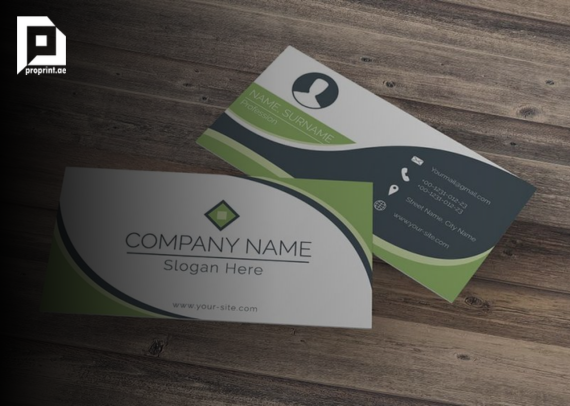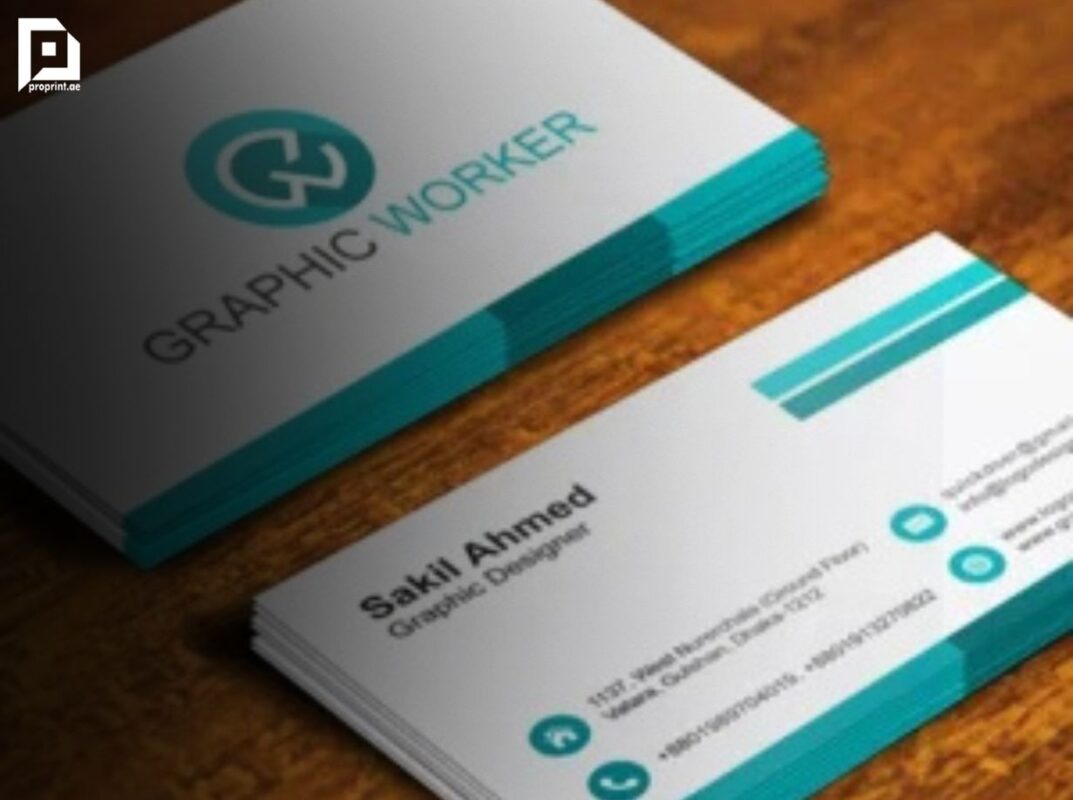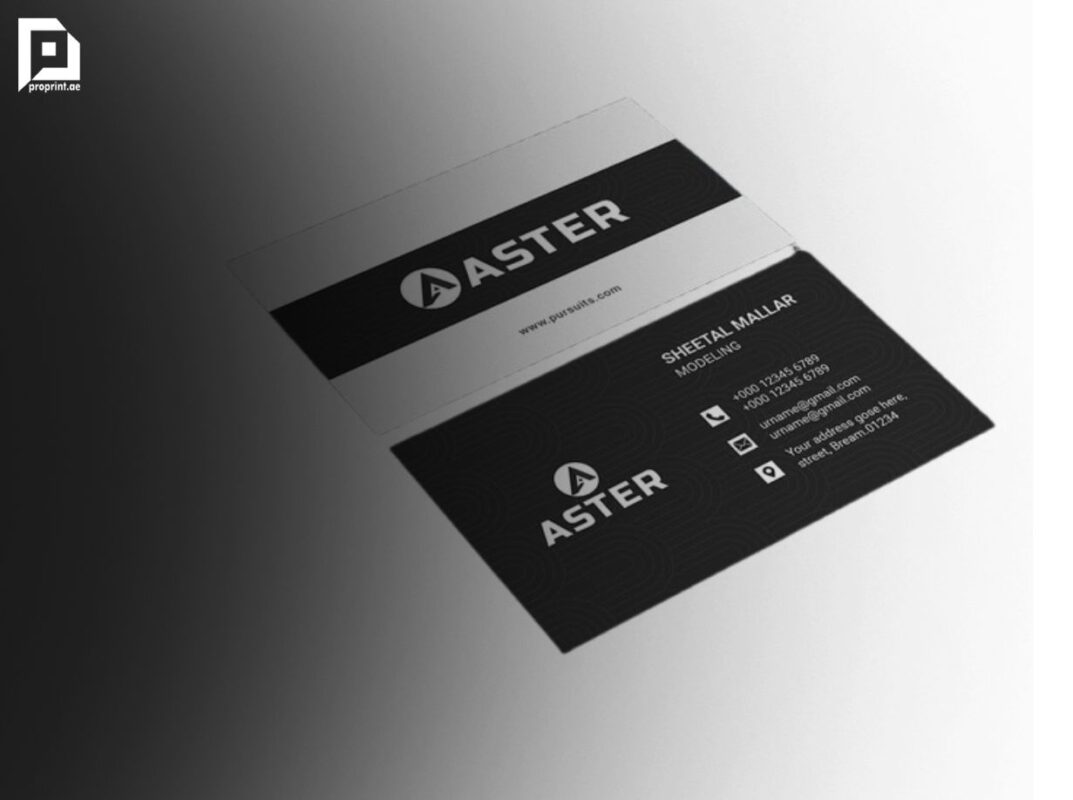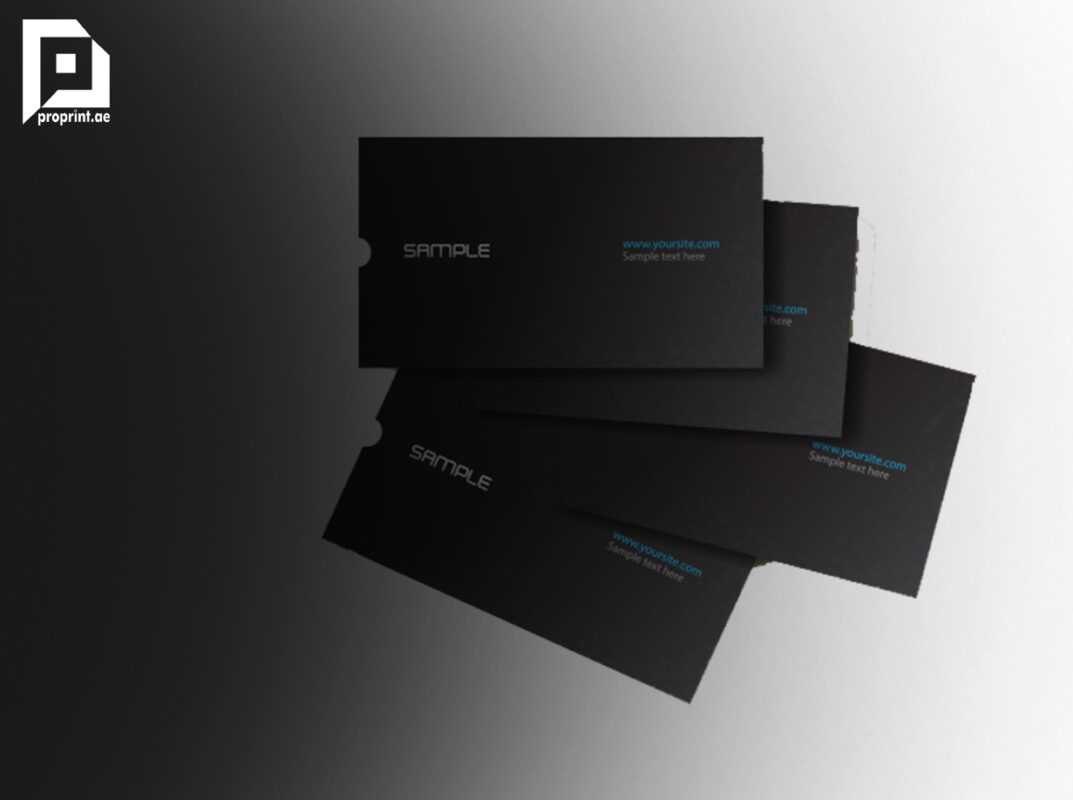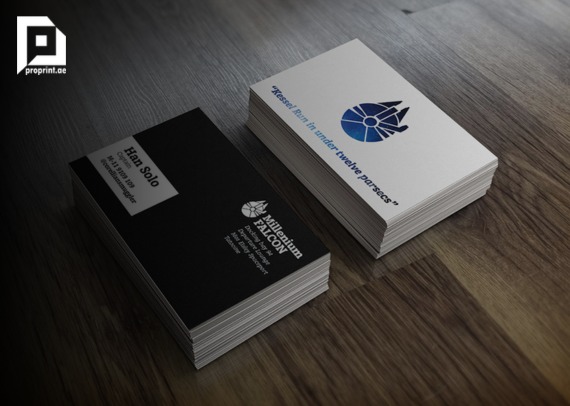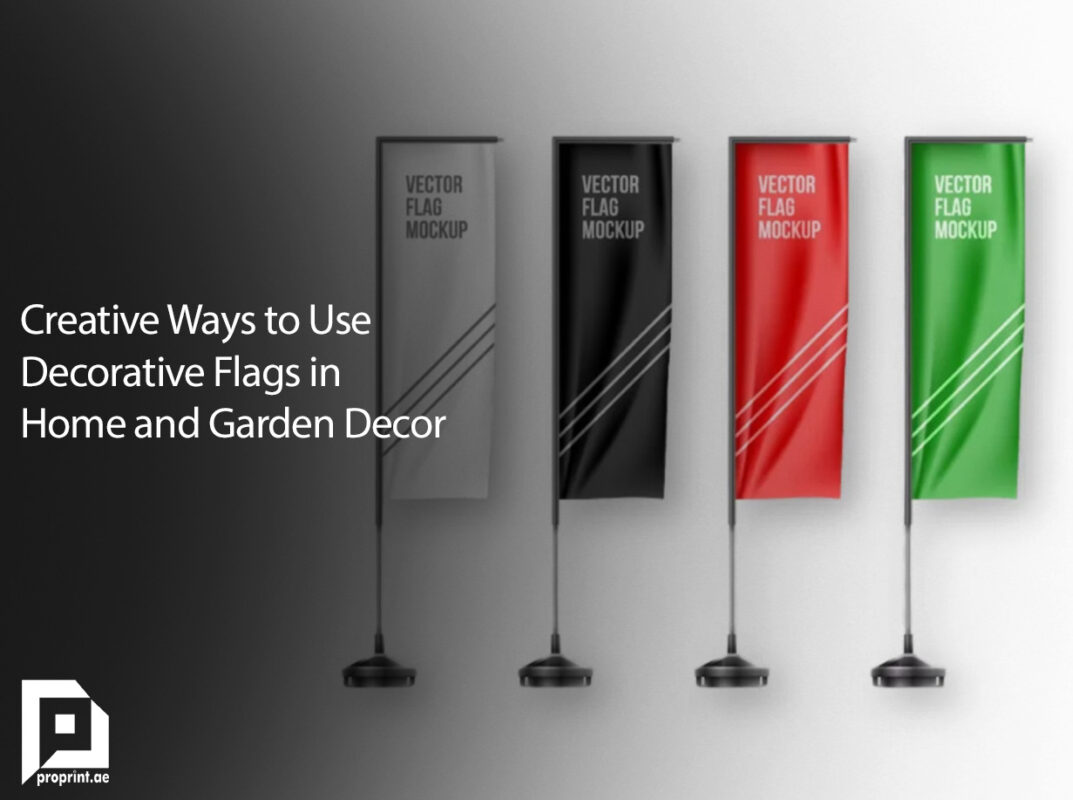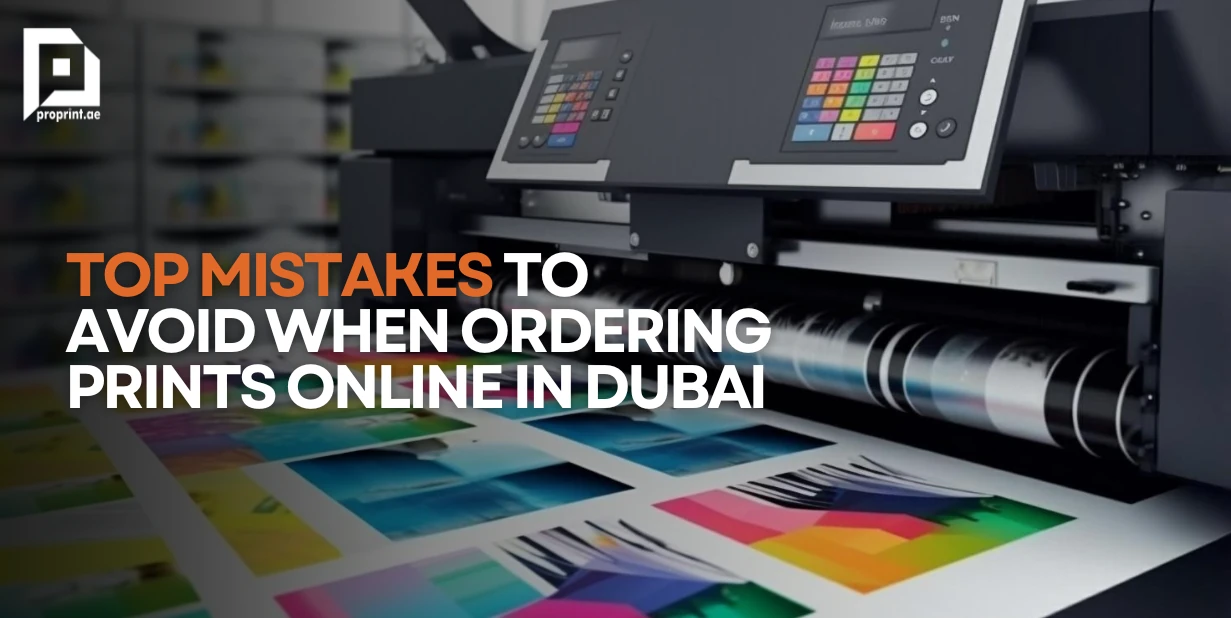Eco-Friendly Fabric Printing: Sustainable Materials and Inks for Modern Brands

As more businesses take steps toward sustainability, printing practices are also evolving. Eco-friendly fabric printing is no longer a niche it’s becoming the standard for forward-thinking brands that care about the environment and their impact on the planet.
Whether you’re a fashion designer, event planner, or retail business, choosing sustainable materials and inks helps you reduce your carbon footprint while still achieving beautiful, high-quality results. And your customers will notice.
In this blog, we’ll explore what eco-friendly fabric printing really means, the types of sustainable materials and inks available, and why this matters for your brand.
What Is Eco-Friendly Fabric Printing?
Eco-friendly fabric printing involves using materials and processes that are kinder to the environment. This includes everything from the fabric you choose to the type of ink used and even the waste produced during the printing process.
Sustainable printing aims to:
- Reduce water and energy consumption
- Lower the use of harmful chemicals
- Use recyclable or biodegradable materials
- Minimize waste throughout the production cycle
For brands, it’s a way to align with consumer values and take real steps toward environmental responsibility without sacrificing quality or creativity.
Why It Matters for Your Brand
Today’s customers are more conscious than ever. They care about how products are made, what they’re made from, and how companies treat the planet. According to global research, consumers are more likely to support brands that are transparent and eco-minded.
By switching to sustainable fabric printing, your brand shows that it values both innovation and responsibility. This builds trust and sets you apart from competitors who haven’t yet adapted.
It also opens the door to collaboration with like-minded businesses and organizations, especially in industries like fashion, events, and retail where image and values go hand in hand.
Sustainable Fabric Options
The first step to eco-friendly printing is choosing the right fabric. Traditional synthetic fabrics like polyester and nylon are made from petroleum-based materials, which take hundreds of years to decompose. While they’re still common in printing, many alternatives are now available.
Here are some sustainable fabric options to consider:
1. Organic Cotton
Grown without the use of harmful pesticides or synthetic fertilizers, organic cotton is soft, breathable, and biodegradable. It’s a popular choice for eco-conscious fashion and merchandise.
Best for: T-shirts, banners, tote bags, custom apparel
2. Hemp
Hemp is a strong, long-lasting fabric that grows quickly and uses less water than cotton. It’s also naturally resistant to pests and doesn’t require chemical treatments.
Best for: Durable textiles, bags, eco-brand clothing
3. Bamboo
Bamboo grows fast and requires very little water or pesticides. When processed responsibly, it produces a soft, luxurious fabric that’s both eco-friendly and comfortable.
Best for: Apparel, scarves, indoor event decor
4. Recycled Polyester (rPET)
Instead of using new petroleum, recycled polyester is made from used plastic bottles or textile waste. It offers the same durability as virgin polyester but with a smaller environmental impact.
Best for: Outdoor flags, banners, sportswear, promotional gear
5. Linen
Made from flax plants, linen is biodegradable, breathable, and highly durable. It’s natural texture also adds a premium, earthy look to your printed designs.
Best for: Tablecloths, artisan textiles, home decor
Eco-Friendly Inks: What Makes Them Different
Traditional inks can contain harmful solvents and heavy metals that affect both the environment and human health. Eco-friendly inks, on the other hand, are designed to reduce toxicity while maintaining strong color and print quality.
Here are a few sustainable ink types used in fabric printing:
1. Water-Based Inks
These inks use water as a carrier instead of harsh chemicals. They’re safe, produce less waste, and work well on natural fabrics like cotton and linen.
Pros:
- Low environmental impact
- Soft feel on fabric
- No strong odor
2. Pigment Inks
Pigment inks sit on top of the fabric rather than soaking in. They use less water and energy during production, and newer formulas are designed to be non-toxic and long-lasting.
Pros:
- Ideal for short runs and fine detail
- Great for light and dark fabrics
- Reduced drying time
3. Soy-Based Inks
Derived from soybeans, these inks are biodegradable and offer bright, vibrant colors. They’re more commonly used in paper printing but are now making their way into fabric applications as well.
Pros:
- Renewable source
- Lower VOC (volatile organic compounds) emissions
- Easy cleanup
Best Practices for Sustainable Printing
Printing with eco-friendly materials is only one part of the process. How you manage waste, energy use, and packaging also makes a big difference.
Here are some tips to ensure your fabric printing process stays as green as possible:
Choose Local Printers
Working with a local printing company like ProPrint.ae reduces the emissions involved in shipping and logistics. It also gives you better control over materials and processes.
Print on Demand
Avoid printing in bulk if you don’t need to. Printing smaller quantities as needed helps reduce waste and saves storage space.
Recycle or Repurpose Waste
Make sure unused fabric scraps or test prints are recycled or reused creatively — for example, as sample swatches, tags, or patchwork.
Use Minimal Packaging
Opt for recyclable or biodegradable packaging when delivering printed items to customers or partners. Avoid plastic wherever possible.
Communicate Your Values
Let your customers know you’ve made the switch to eco-friendly fabric printing. This transparency builds trust and helps them feel good about choosing your brand.
Why ProPrint.ae Supports Sustainable Fabric Printing
At ProPrint.ae, we believe great design shouldn’t come at the cost of the planet. That’s why we offer a wide range of sustainable printing options — from eco-friendly fabrics to water-based and low-impact inks.
We work closely with clients to select the right materials based on the project, usage, and environmental goals. Whether you need banners for an outdoor event or fabric for a product line, we can help you print responsibly.
With fast turnaround times, expert design support, and commitment to quality, we make eco-friendly printing easy and accessible for modern UAE brands.
Conclusion
Eco-friendly fabric printing is more than a trend; it’s a shift in how businesses think about production, branding, and responsibility. By choosing sustainable materials and inks, you’re not just reducing waste, you’re showing your customers that you care about what matters.
Whether you’re building a fashion label, planning a marketing campaign, or designing merchandise for your next event, sustainable choices lead to stronger, more trusted brands.
Ready to start printing responsibly? Get in touch with ProPrint.ae and explore our eco-friendly fabric printing options today.

